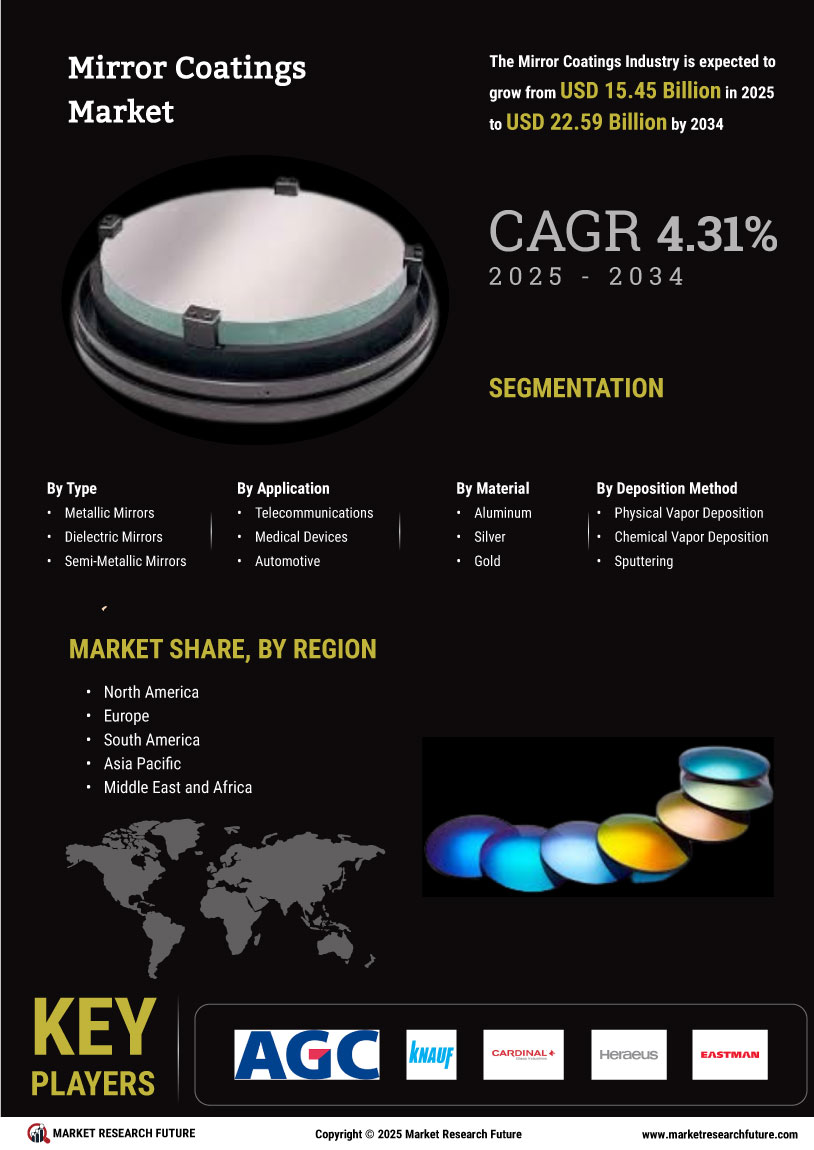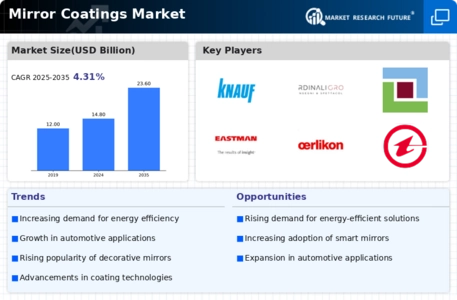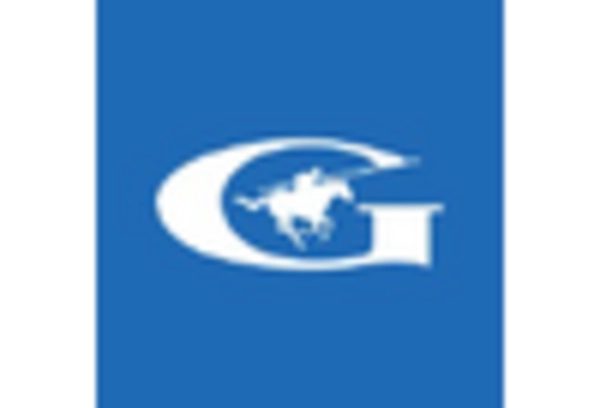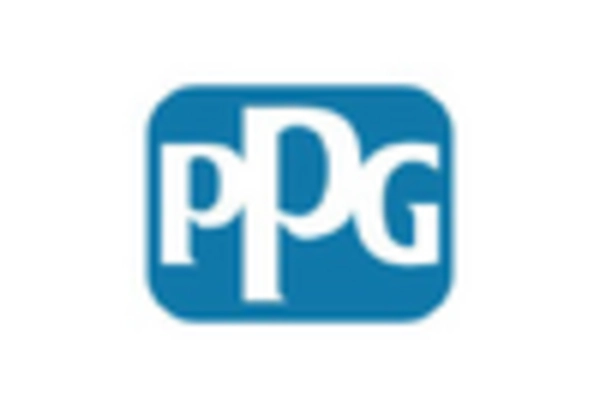Growth in Consumer Electronics
The consumer electronics sector is witnessing a robust growth trajectory, which is positively impacting the mirror coatings market. Devices such as smartphones, tablets, and televisions increasingly incorporate mirror coatings to enhance display quality and aesthetics. In 2025, the demand for high-definition displays is expected to drive the adoption of advanced mirror coatings, with a projected market growth rate of around 7% in this segment. This trend indicates that manufacturers are likely to prioritize the integration of innovative mirror coatings to improve user experience and product appeal. Consequently, the mirror coatings market is set to expand as consumer preferences evolve towards high-quality, visually appealing electronic devices.
Increased Focus on Sustainability
The mirror coatings market is experiencing a shift towards sustainability, as manufacturers and consumers alike prioritize eco-friendly products. The demand for sustainable materials and processes is influencing the development of mirror coatings that minimize environmental impact. In 2025, the market is expected to see a rise in the adoption of coatings made from renewable resources and those that are recyclable. This trend aligns with broader environmental goals and regulations aimed at reducing carbon footprints. As a result, companies that invest in sustainable practices may gain a competitive edge in the mirror coatings market, appealing to environmentally conscious consumers and businesses.
Rising Demand in Automotive Sector
The automotive sector is experiencing a notable surge in demand for mirror coatings, driven by the increasing production of vehicles and the growing emphasis on safety features. Mirror coatings enhance visibility and reduce glare, which is crucial for driver safety. In 2025, the automotive industry is projected to account for a significant share of the mirror coatings market, with an estimated growth rate of around 6% annually. This trend indicates that manufacturers are likely to invest in advanced mirror coating technologies to meet regulatory standards and consumer expectations. As a result, the mirror coatings market is poised for substantial growth, reflecting the broader trends in automotive innovation and safety.
Expansion in Architectural Applications
The architectural sector is increasingly adopting mirror coatings for both functional and aesthetic purposes. These coatings are utilized in a variety of applications, including facades, interior design, and decorative elements. The mirror coatings market is expected to benefit from the rising trend of energy-efficient buildings, as reflective coatings can help reduce energy consumption by minimizing heat absorption. In 2025, the architectural segment is anticipated to contribute significantly to the overall market, with a projected growth rate of approximately 5%. This expansion suggests that architects and builders are recognizing the value of mirror coatings in enhancing both the visual appeal and energy efficiency of structures.
Technological Innovations in Coating Processes
Technological advancements in coating processes are transforming the mirror coatings market. Innovations such as vacuum deposition and advanced sputtering techniques are enhancing the durability and performance of mirror coatings. These technologies allow for the production of thinner, more efficient coatings that can withstand environmental stressors. As manufacturers adopt these cutting-edge processes, the market is likely to see an increase in product offerings that cater to diverse applications, from automotive to consumer electronics. The introduction of smart coatings, which can adjust their reflective properties based on environmental conditions, may further drive growth in the mirror coatings market, appealing to a tech-savvy consumer base.


















Leave a Comment